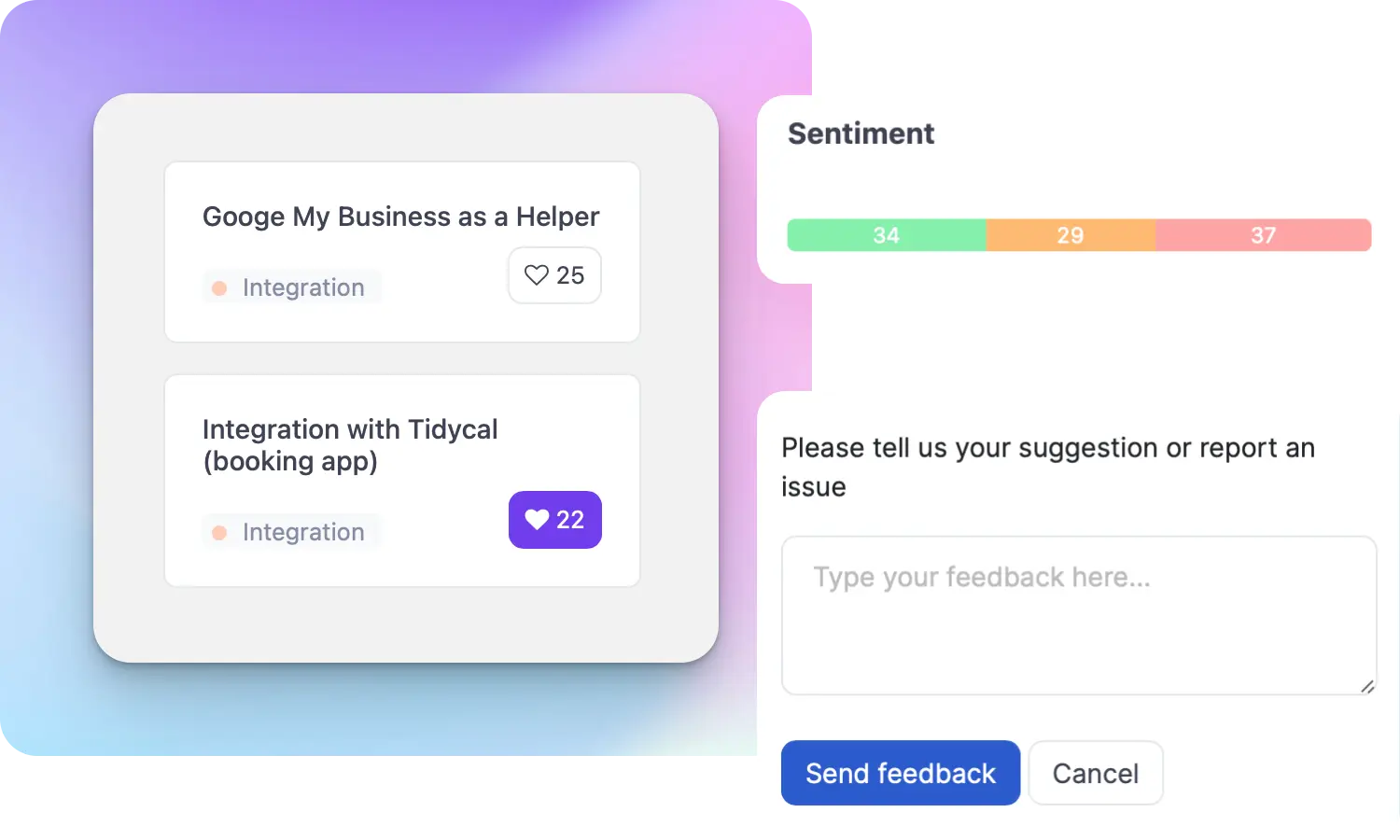What is a Solution Intent?

Ruben Buijs
Solution Intent refers to the clear and concise definition of the desired outcome or objective that a product or solution aims to achieve. It is a crucial aspect of product management as it helps in aligning the product team, stakeholders, and customers towards a common goal.
Examples
To better understand Solution Intent, let's consider a few examples:
-
E-commerce Platform: The Solution Intent for an e-commerce platform could be to increase conversion rates by 20% within six months, by improving the user experience and implementing personalized product recommendations.
-
Project Management Software: The Solution Intent for a project management software could be to streamline team collaboration and task management, resulting in a 30% increase in productivity within three months.
Importance
Defining Solution Intent is vital for the success of any product or solution. Here's why it is important:
-
Alignment: Solution Intent ensures that everyone involved understands and agrees upon the ultimate goal, fostering alignment within the product team, stakeholders, and customers.
-
Focus: It provides a clear direction for the product team, allowing them to prioritize and focus their efforts on delivering the desired outcomes.
-
Evaluation: Solution Intent serves as a benchmark for evaluating the success and effectiveness of the product or solution. It enables the team to measure their progress against the defined objectives.
How to Use Solution Intent
To effectively use Solution Intent in product management, follow these steps:
-
Define Clear Objectives: Clearly define the desired outcomes and objectives that the product or solution aims to achieve. Make sure they are specific, measurable, achievable, relevant, and time-bound (SMART).
-
Communicate and Align: Share the Solution Intent with the product team, stakeholders, and customers. Ensure everyone understands and agrees upon the defined objectives.
-
Use as a Guide: Utilize the Solution Intent as a guide throughout the product development process. It should influence decision-making, feature prioritization, and resource allocation.
-
Monitor and Adapt: Continuously monitor the progress towards the defined objectives. If necessary, adapt and adjust the Solution Intent based on feedback, market changes, or new insights.
Useful Tips
Consider these tips to enhance the effectiveness of Solution Intent:
- Involve key stakeholders early on to gather their input and ensure their alignment with the defined objectives.
- Break down the Solution Intent into smaller, actionable goals or milestones, making it easier to track progress.
- Regularly communicate updates and progress related to the Solution Intent to keep stakeholders and customers engaged and informed.
- Continuously validate the Solution Intent with user research and feedback to ensure its relevance and effectiveness.
Related Terms
- Product Management
- Stakeholders
- User Experience
- Objective Key Results (OKRs)
- Product Roadmap
- Minimum Viable Product (MVP)
- Agile Development
- Market Research
